Pains and aches tell a great deal about yourself- your age group, your lifestyle, your culinary
choices, your tolerance level….and what not. The pain you are suffering from mirrors you as a
whole and makes you investigate what went wrong. Modern-day living is infamous for taking a
toll on our health. It seems the only point we make time for our health is while scheduling the
doctors’ appointments, that too after the disease has gripped on our well-being. Pain is mostly a
forgotten symptom of most diseases, yet is strong enough to cause distress. The
musculoskeletal system is the major bodily system in which most aches are inflicted. We are
going to dive deeper into some of the health conditions that trouble our skeletal framework.
Neck pain
We devote a lot of time to preserving our heads and what is within. We wear helmets and
chinstraps while going out, put on bump caps while working, use umbrellas to beat the sun and
rain, search for brain tonics and memory boosters…. Even a mild hair fall from the scalp creeps
us out. But how often do we think about the neck, the seven vertebrae-paved narrow pillar that
supports the head?
The neck is a highly sophisticated structure, a highway through which the most important veins,
arteries, nerves, muscles, and spinal cord run. It plays a key role in facilitating movements of the
head and balancing it, and that is why safeguarding your neck needs to be your prime concern.
From degeneration to disc prolapse, your neck can go through a lot of traumas.
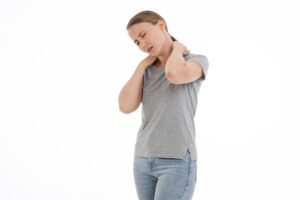
Causes of neck pain:-
● Neck injury by a sudden fall or a blow or the lifting of heavy objects
● Postural defects
● Other diseases like rheumatoid arthritis, osteoarthritis, and meningitis
● Cervical disc prolapse
● Cervical spondylosis
● Age-related wear and tear
The pain may range from mild to severe and is often described as shock-like, or sharp.
Headache and neck stiffness may accompany neck pain sometimes. If the pain is radiating in
nature associated with the numbness of the hand, it suggests nerve involvement so that one
does not hesitate to seek treatment.
Intervertebral Disc prolapse (IVDP)
The intervertebral disc (IVD) is the soft structure placed between each vertebra that acts as a
shock absorber. It dampens the impact on the vertebrae and smoothens the movements by
reducing friction. Each IVD has a tough outer ring and a gel-like interior. Due to strong impact or
degenerative changes, the outer ring may break and causes the inner gel-like material to
protrude to the outside. The new bulged-out portion can compress the nerves and bring about
severe pain of radiating nature. This is InterVertebral Disc Prolapse, the musculoskeletal
condition common amongst young adults and middle-aged persons. Although any region can be
affected, the intervertebral discs of the low back are most susceptible to prolapse.
Causes:-
● Lifting heavy objects
● Fall from a height
● Sitting for a long time in uncomfortable positions
● Obesity
● Age-related degeneration of IVDs
Symptoms:-
● Symptomless in minor prolapse.
● Backache:- worsens while moving, sneezing, coughing, etc. Usually relieved on lying
down and on taking rest.
● Nerve root pain:- caused by the nerve compression by the bulged disc. This can radiate
along the course of the nerve. It is called Sciatica when the Sciatic nerve is compressed
and is presented with symptoms like burning pain radiating to the buttocks and legs.
● Neck pain radiates to shoulders and arms when cervical discs are affected.
● Numbness and tingling sensation of hands or feet
● Pins and needles sensation
● Weakness of arms or legs
● Loss of bladder control in severe cases
Spondylosis
Spondylosis is the age-linked wear and tear of the intervertebral discs. Like any other tissues of
the body, intervertebral discs are also prone to aging. As a part of such degenerative changes,
the disc may dry up, causing it to be irregular in structure which leads to nerve root
compression, hindered blood flow, malalignment of the vertebral column, and decreased
spacing between the adjacent vertebrae. Can occur at any age, still, older people are most
affected. Discs of any region are vulnerable to spondylosis, but cervical discs are more
susceptible.
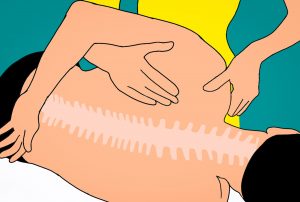
Causes:-
● Aging
● Overuse of spine
● Injury to the spine
● Impacts of increased force
● Postural defects
Signs and symptoms:-
● Pain radiating to the nearest extremity due to nerve pinching.
● Formation of bony spurs that pinches the nerves.
● Stiffness, especially after a long duration of inactivity.
● Restricted movements
● Abnormal alignment of the spine
Spondylitis
It is the inflammatory change of the vertebrae, a kind of arthritis that causes joints to swell up.
Several types of spondylitis have been noticed such as Ankylosing spondylitis (fusion of the
vertebrae causing the vertebral column to be stiff like a bamboo stem), Psoriatic arthritis (joint
inflammation associated with psoriasis), Enteropathic arthritis (joint inflammation as a part of
Inflammatory Bowel Disease), Juvenile spondyloarthritis (arthritis that begins in the childhood),
Peripheral spondyloarthritis ( where joints other than that of the spine are affected), etc.
Causes:-
While clear-cut causes are yet to be discovered, the following are thought to be playing a role in
causing Spondylitis.
● Family history
● Autoimmune disorders
● Overuse of joints
● Obesity
● Injury to the joints.
● Other inflammatory conditions such as IBD
Symptoms:-
● Pain and stiffness of back, buttocks, heels, shoulders, hips, feet, etc.
● Pain worsens in the morning hours and after prolonged sitting.
● Redness and swelling of joints
● Restricted, painful movements.
● Rarely do eye inflammation and light sensitivity.
● Inflammation of fingers, toes, etc in Peripheral spondyloarthritis.
● Skin rashes in Psoriatic arthritis.
● Chronic diarrhea, blood in stool, abdominal pain, etc when associated with
Inflammatory Bowel Disease.
All these symptoms cannot be seen in a single person, and are manifested according to the
type of Spondylitis. Joint pain and inflammation are also seen in Rheumatoid arthritis but can be
ruled out due to the history of fever in the same.
WHY VAIDYAMANA?
Whole person-centric root cause-based treatment
Based on the ancient science of holistic healing, we have a unique and individualized approach
to uproot the very cause of the disease you are suffering from.
We endorse the quality of life rather than symptomatic cure and take pride not in just curing your
presenting complaints, but in reversing every past ailment you had been suffering from, thereby
encapsulating a better future for you and your family as a whole. We heal the person as a whole
rather than disease.
End-to-End relief tracking
Our commitment will not end in dispensing you the appropriate medicine or the treatment
course; rather, Vaidhyamana will stay connected with your relief progress and keep addressing
even your mild concerns, physical, mental, or emotional.
We will help you imbibe a healthy diet and lifestyle
After analyzing every aspect and root cause of the disease, we provide an explicit regimen and
medication for each patient. We provide a distinct endorsement on yoga, meditation, exercise,
diet, and lifestyle for each patient based on their Prakriti.
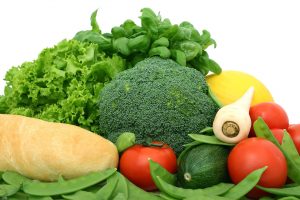
Hands-on experience since more than a decade
We have the best Ayurvedic practitioners in Kerala who treat patients with efficacy, precision, and
triumphant clinical experience for more than decades globally, fetching back smiles to
thousands of patients every year.
Custom-tailored medicines
Vaidhyamana takes privilege in dispensing the most authentic, safe, risk-free, unadulterated,
and standardized herbal, herbs-mineral medicines and supplements.
Your journey back to your normal mobility and flexibility is these 4 steps away at
VAIDHYAMANA:
1. Guidance & Evaluation
To better understand your healthcare needs, our skilled Ayurvedic doctors and physical
rehabilitation specialists will conduct a thorough history, clinical assessment, and physical
examination before commencing the Rheumatoid arthritis treatment.
2. Physical rehabilitation and treatment
The doctors and physical rehabilitation professionals will offer evidence-based extensive
treatment protocol and physical rehabilitation programs for your health condition based on the
results of the evaluation.
3. Guidance on ergonomics, lifestyle, and nutrition
Our rehabilitation specialists will give you advice on ergonomics, nutrition, and lifestyle changes
to help you better manage and prevent the recurrence of diseases.
4. Managing Recurrences
Our rehabilitation professionals will schedule regular follow-ups to ensure that your recovery is
going as planned and that it will last for the duration of your complete recovery through our
treatment.
Vaidhyamana Ayurveda believes in providing the best Ayurvedic treatment in Kerala to patients of all
ages. They have a specialized approach to every disease and believe in maintaining a proper
balance of body and mind. Here you can find the Ashtangas of Ayurveda and the best possible
way of treatment where the Ayurvedic approach is done with effective health care management
to cure ailments.
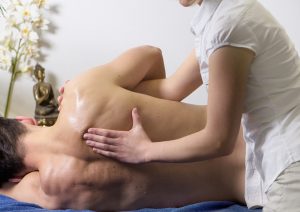
We have a success rate of curing ailments related to problems such as neurological ailments,
muscular dystrophy, musculoskeletal disorders, gynecological issues, pediatric ailments, etc.
Ayurvedic management of pain
While addressing the pains and aches in Ayurveda, we often find that aggravated Vata dosha is
the culprit. The Vata is said to be vitiated either due to the increased catabolic activities of the
tissues or the obstruction to Vata’s normal pathways. Pacification of Vata dosha through
therapeutic and behavioral alterations is commonly suggested as the solution here. It is
achieved mainly by means of Snehana (oleation) and swedana (fomentation), which belong to
the preparatory procedures of Panchakarma. Snehana will help to nourish the body tissues and
provide lubrication for the joints. It can be done either as oil massage or as intake of medicated
fats. The oils and fats are selected according to the strength of the patient and the disease.
Also, they act against the components like Eicosanoids that cause inflammation. Swedana aids
in mitigating vata with its ushna(heat) property, clears the blockages allowing the free
movements of the dosha, and loosens the muscles. In addition to this, various Lepas (herbal
pastes) can be applied to the affected area which helps increase the absorption and reduce the
swelling along with associated complaints.
For neck pain and spondylosis, Greeva vasti and Kati vasti are done. Greeva vasti is the pooling
of medicated oil in the neck region by making a circular bund there whereas, in Kati vasti, the
low back region is chosen for the same. This relieves any kind of clogging and pain in the
corresponding regions. Also, it improves circulation and flexibility there. Oils and medicated fats
can nourish the dried up tissues too.
For conditions like IVDP, again Kati vasti, Lepas, etc can be employed and at times, thermal
cauterisation is done depending on the severity. This helps to mitigate musculoskeletal pain and
improve circulation. Basti (enema) is another treatment of prime importance as the rectum is
rich in blood vessels and medicines get quickly absorbed through the mucosa.
Internal medications with vata mitigating herbs should be consumed according to the
physician’s advice.

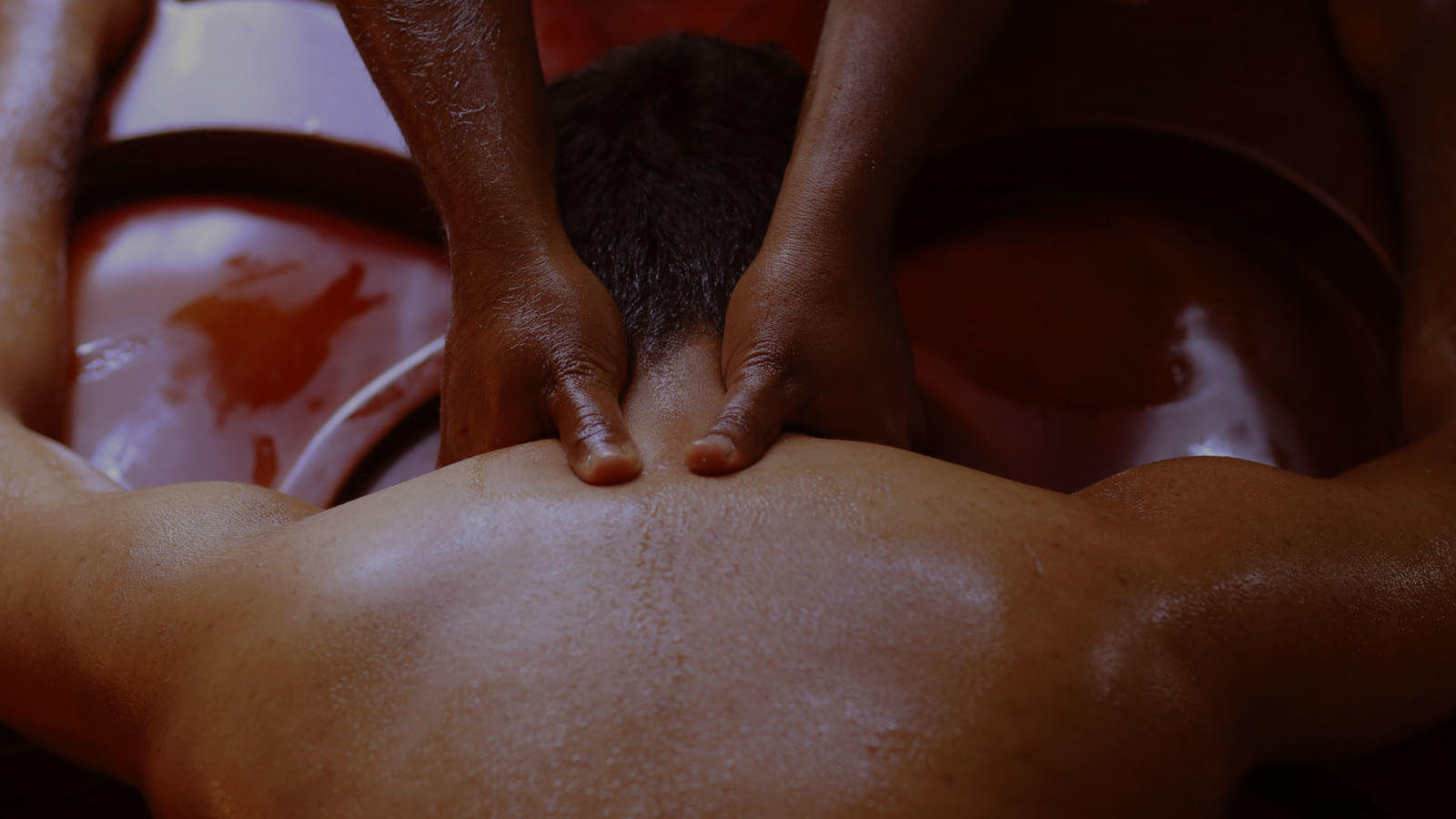
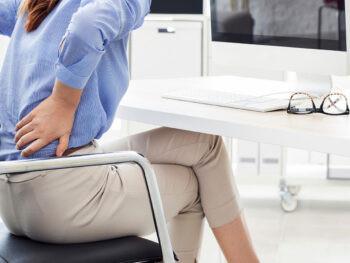
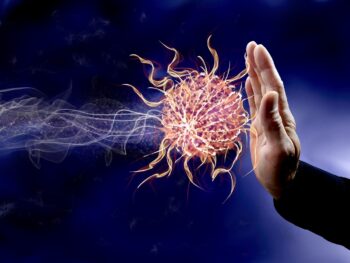
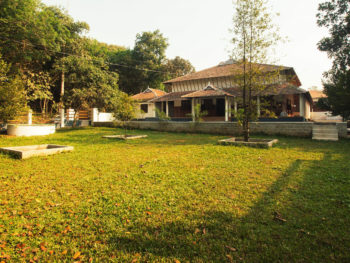
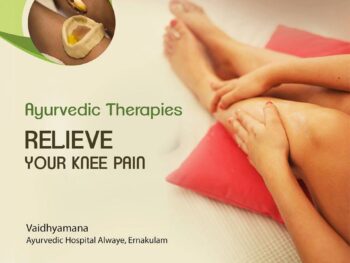
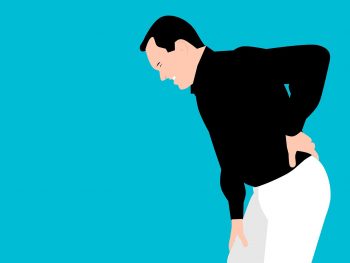
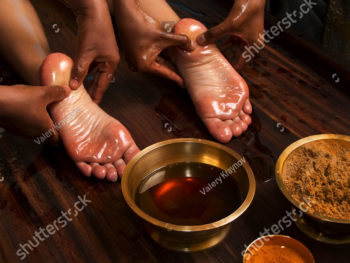
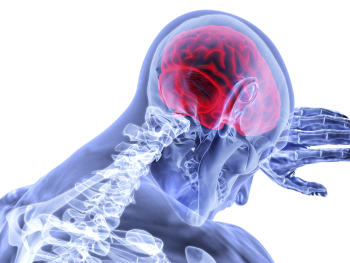
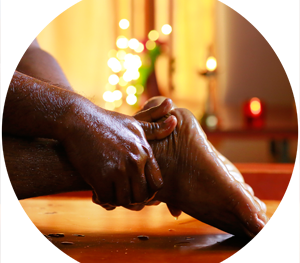
 Where to opt Ayurveda treatments?
Where to opt Ayurveda treatments?